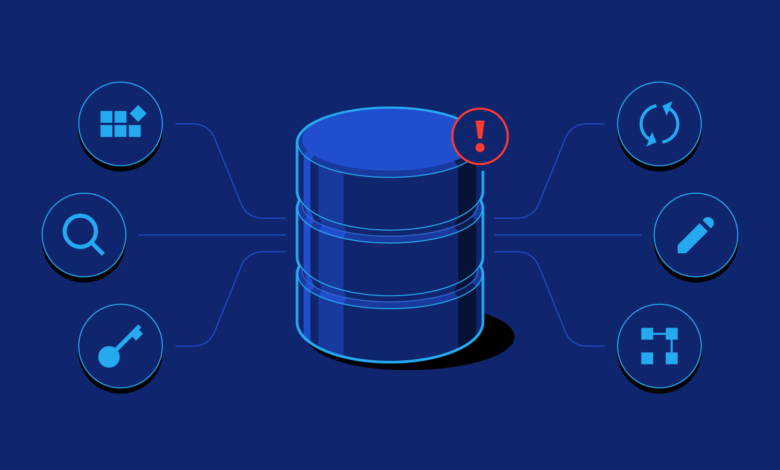Different types of Databases You can Use for All of Academics Needs

A Database is a collection of data (information) which can be easily managed and accessed.
Multiple types of databases are available and is used for different purpose to store varieties of data.For database assignment help experts help can be taken.
Relational databases
In this type of database data is stored in related tables and tables have rows and columns.SQL is used to create,read,updateand delete the data. Relational databases follow ACID(Atomicity, Consistency, Isolation, Durability) properties. Which isstandard set of properties for reliable database transactions. We use relational database in structured data.
Advantages of Relational Database
- Speed – Relational databases are simple and easy to use because of that its speed is considerably higher.
- Security – Data are stored in table and each table is protected with username and password that means before using the table we have to grant permission to user. Users are only allowed to work on permission granted table.
- Simplicity – Relational database model is simple which means we don’t have to write complex query to handle the data.
- Accuracy – relational database uses primary keys and foreign keys relationship to relate to other tables. Each table has primary key which is no-repetitive that means data rows are non-repetitive which guarantee accuracy of data.
- Multi User – Relational database assignment help can be accessed by Multiple users at the same time.
Disadvantages of Relational Database for All New Learners
Cost – Relational databases are quite expensive to manage.
- Performance – For large number of tables in Relational Database, executing queries becomes slower.
- Physical Storage – A relational database stores information in rows and columns that requires a lot of physical memory.
- Complexity – For large number of tables in Relational Database, System becomes complicated to retrieve information.
- Structure Limitations – The structure of Relational databases are predefined so you can not add more and more information. Despite if more information are provided, it may lead to data loss.
NoSQL database can be divided into the following four types:
It is not a relational database that means while creating database we don’t have to a pre-defined a schema. It is also called as non-relational database system assignment help. It isuse to store unstructured and semi-structured data.
Key-value storage:In this database data is stored in key-value pair where each key is associated with one and only one value in a collection.It is easy to use, scalable and fast.Some key-values databases are Redis, Riak etc.
Document-oriented Database:It store data in JSON format. We don’t need to predefine schema for database and all information for an object or documentis stored in a single instance. Some of the popular databases are MongoDb,PostgreSQL, Elasticsearch etc.
Graph Databases:It is type of NoSQL database where data is stored as nodes, relationships, and properties. It uses nodes to store data entities,and relationship betweenentities are stored in edges. An edge has direction, startnode and end node which also describe parent-child relationships. Some of the popular graph databases are SPARQL, Neo4J etc.
Wide-column stores:It is schema-free database which store data in records and a record has large numbers of columns. Some of the databasesare Cassandra, HBase etc.
Advantages of NoSQL Database
Performance – With NoSQL Data is nestled inside of one, so query perform better that’s why NoSQL databases arefaster that SQL databases.
Scalability – NoSQL databases are vertically scalable.
Flexibility – We can combine any type of data, both structured and unstructured with our evolving requirements.Stores Massive Amounts of Data – It stores huge amount of Data.





CBD exceeded my expectations in every way thanks. I’ve struggled with insomnia for years, and after trying CBD like cbd + thc gummies for the from the word go age, I lastly experienced a full evening of restful sleep. It was like a bias had been lifted mad my shoulders. The calming effects were calm yet profound, allowing me to roam slow naturally without sensibility woozy the next morning. I also noticed a reduction in my daytime desire, which was an unexpected but receive bonus. The tactfulness was a fraction lusty, but nothing intolerable. Overall, CBD has been a game-changer for my slumber and uneasiness issues, and I’m grateful to keep discovered its benefits.